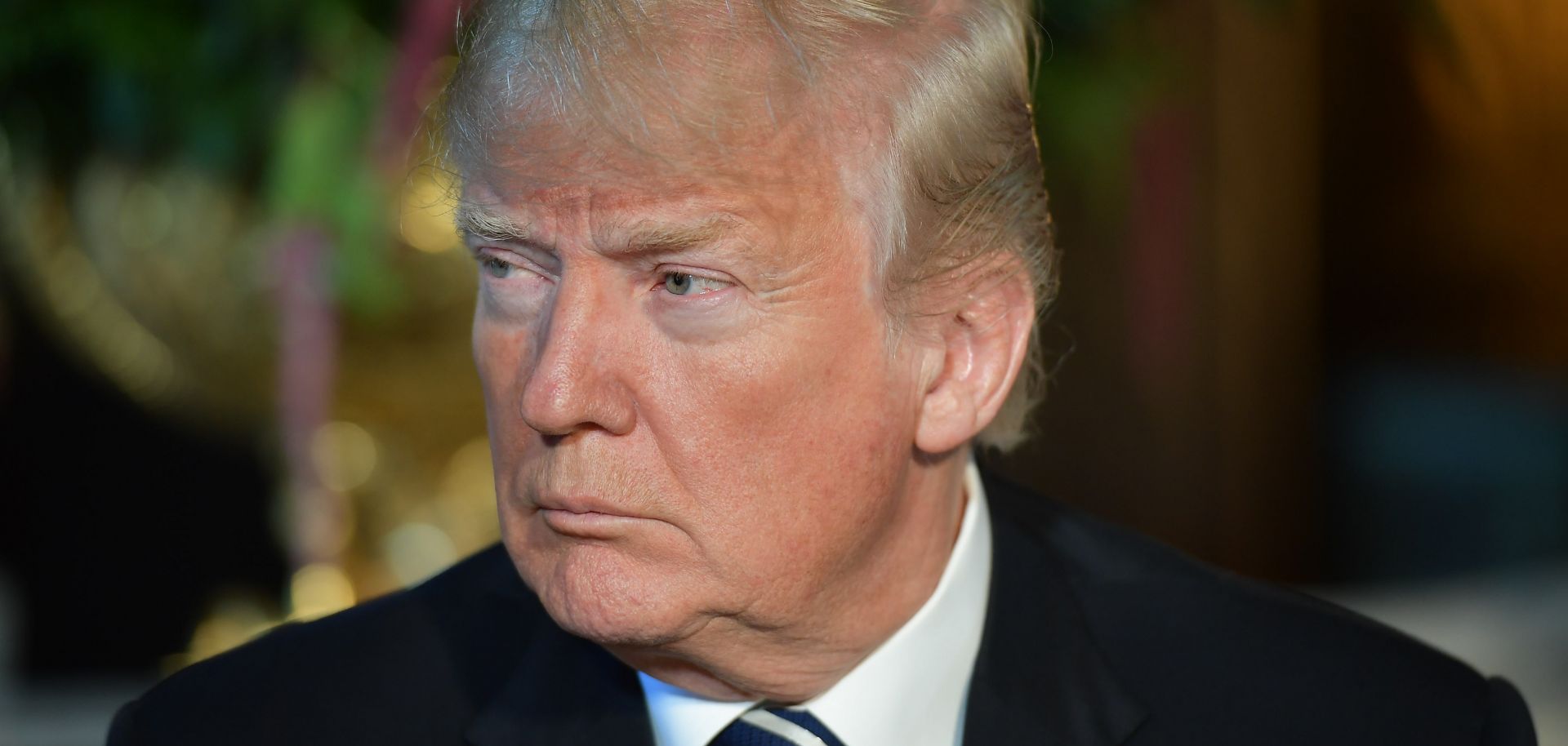COLUMNS
Where U.S. Trade Policy and Grand Strategy Intersect

Apr 19, 2018 | 16:07 GMT

U.S. President Donald Trump, during an April 17, 2018, meeting with Japanese Prime Minister Shinzo Abe at Trump's Mar-a-Lago resort in Palm Beach, Florida. U.S. President Donald Trump's economic assault on U.S. trading partners notwithstanding, the return of great power competition will bring with it a more strategic approach by the United States toward trade, with a focus on containing China.
(MANDEL NGAN/AFP/Getty Images)
Highlights
- History shows how trade policy can be a potent tool in the U.S. strategic arsenal, especially when containing peer competitors.
- Trade policy was a matter of intense debate for the Founding Fathers, but it took a massive shock in the form of the Great Depression for the United States to restructure and position itself to wield trade policy as a tool of grand strategy.
- U.S. President Donald Trump's economic assault on U.S. trading partners is a reaction to decades of pent-up economic discontent and a nebulous era in the global arena in which the United States lacked a well-defined adversary.
- But great power competition is back, and with it will come a more strategic approach toward trade and a focus on containing China.
Subscribe Now
SubscribeAlready have an account?
